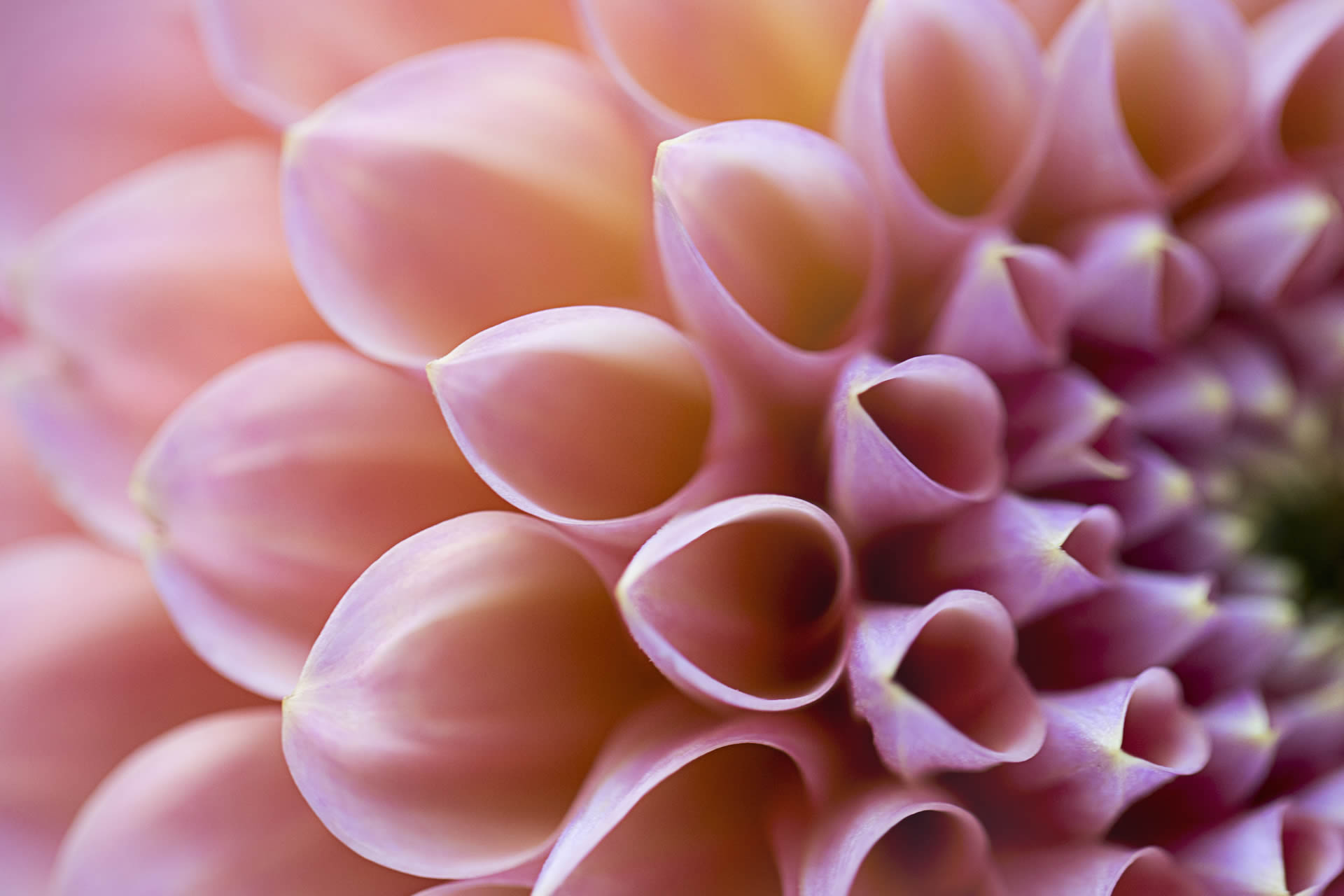The Basics
Learning Capoeira is a never-ending challenge. The challenge involves not only learning kicks, fast moves and evasive techniques but song lyrics, rhythms, musical instruments, acrobatic movements and strategies of play.
The Ginga
The ginga, pronounced as “jinga” is the first movement learned in Capoeira, where a Capoeirista moves with a natural swing or sway.
Begin by standing with feet parallel and shoulder-width apart and maintaining a strong sense of grounding. Take the right foot back forming a triangular shape and touching the floor with the ball of the foot. As the right leg is brought backward, the right arm is moved forward across the chest, leaving the left arm to the side. Repeat this movement with the left leg and arm, switching arms and legs in successive movements.
The Cocorinha
The cocorinha is a ‘squat’ escape movement, used to avoid offensive movements like kicks. The cocorinha starts with standing position where one faces the fellow Capoeirista. The body remains relaxed. From the standing position, squat straight down to the floor as far as one can go, with the heels on the floor. Place the right hand on the floor and protect the face by folding in the left arm. Make sure the elbow is not too far relaxed and falling too far down. Prop the elbow up and keep it up, ready to protect the face from an oncoming attack. Return to the standing position from the cocorinha.
Esquiva Lateral (Sideways Movement)
Esquiva is basic movement used to escape from kicks. It means to dodge. There are many variations including esquiva lateral. Begin from the ginga position with the right leg back. Step sideways with the right leg so that it is easy to move into a lunge position. The right foot should be turned out and the right knee bent. The left foot stays parallel with the leg straight, the weight of the body needs to be mainly on the right leg. Lower the chest to the right knee and bring the right arm behind the leg with the hand on the floor. Keep the hand poised defensively for protection of the face. To quickly change to the opposite direction, swivel the feet so the toes change direction. At the same time, swing the shoulders, arms and head forcibly in the other direction, aligning with the toes of the leading foot.
Resistencia
This movement helps improve and strengthen the flexibility of the lower back. Begin with a relaxed standing position. Next, bring the right arm up and across to protect the face while allowing the left arm to swing back slightly behind the body. As the knees bend, arch the lower back and push the pelvis forward. The left arm continues to swing back and the right arm comes up higher to protect the face, with the elbow ready to angle itself higher if it is necessary to protect the face further. While doing the resistencia, do not tilt the head back as eye contact needs to be maintained with the fellow Capoeirista.
Bencao
Bencao or to bless is a frontal kick that is popular to both Capoeira Angola and Capoeira Regional. The movement helps to push the opponent away and is aimed at the chest of the opponent. The movement begins with the ginga position. The left foot is extended forward and the right foot back, with the right arm up protecting the face, and the left arm down at the left side. Bring the right leg up from the back to the front by lifting the knee toward one’s chest. As the knee is brought up, switch the arm position so that the left arm is opposite to the knee, thus protecting the upper body. Keep the base leg knee bent to give oneself a good firm base with the supporting leg. Keeping the foot flexed, push the foot through the air until the kicking leg is fully extended. As one does this, tilt the pelvis forward and allow the upper body to counter-balance by tilting slightly backward. Maintain a forward focus throughout. A Capoeirista can place her foot on her partner’s chest.

